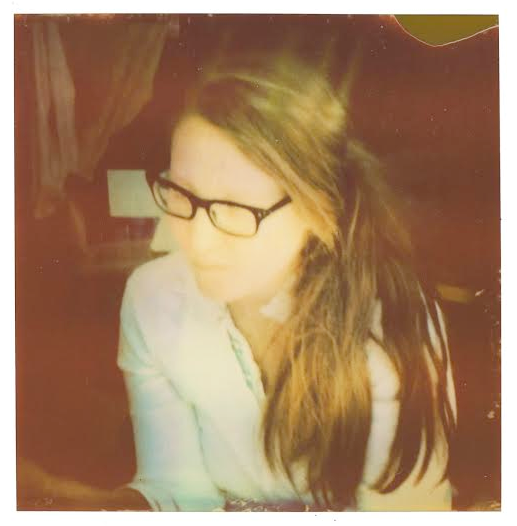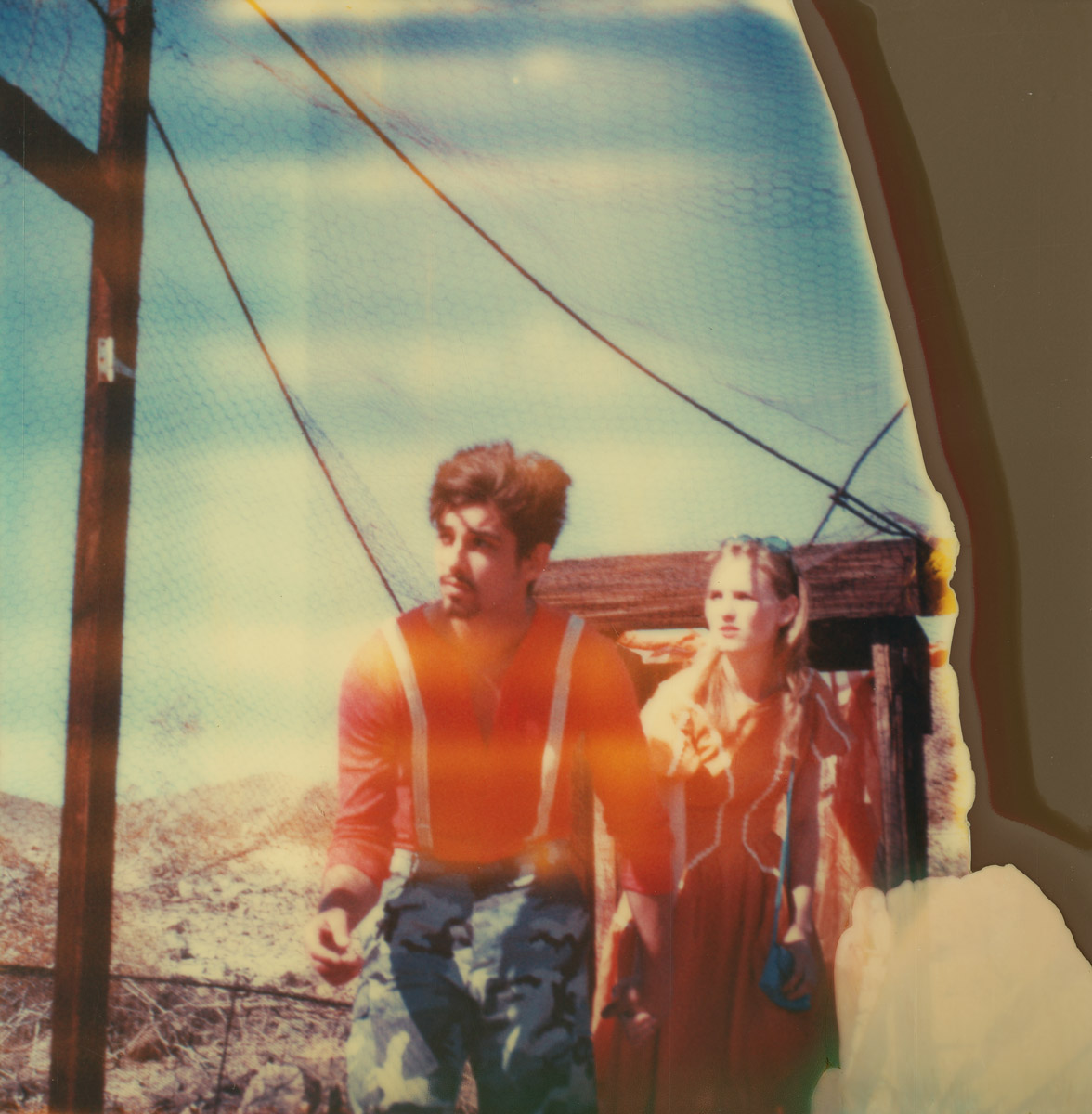Galleries
artnet Asks: Photographer Stefanie Schneider
An evocative example of the German interest in the American West.

An evocative example of the German interest in the American West.

Lorraine Rubio

Photographer Stefanie Schneider splits her time between Los Angeles, where she shoots her photographs, and Berlin, where she develops and enlarges her prints. Her interests in photography are in the physical nature of film, especially the process of its deterioration and the framing mechanism of images arranged on a reel. Often using expired Polaroid instant film, she photographs individuals in trailer parks and different plane settings in Southern California. The combined marks of degraded chemicals and an apocalypse-like setting give Schneider’s photographs an evocative and unmistakable sense of style. Schneider also works on feature films, and has designed album covers for popular musicians, including Cyndi Lauper and the Red Hot Chili Peppers. Her work has been exhibited throughout Europe, including at the Braunschweig Museum für Photographie and at Les Rencontres d’Arles in France.
When did you know you wanted to be an artist?
It happened by chance. Right after my studies in film and photography, my initial plan was to move to Los Angeles to work in film editing. Coincidences lead me to a shop selling a box of expired Polaroid films, and without even having a camera, I bought them all. The next day I bought a camera, and went down to the beach with my sister to take some photographs. One thing led to the next, my work started to be exhibited, recognized, and sold. It all happened so fast and now, in hindsight, I think it was inevitable.

Stefanie Schneider, Untitled (The Bird Man) (2013)
Analog chromogenic print, hand printed by the artist
Photo courtesy of the artist.
What inspires you?
My work resembles my life: Love, lost and unrequited, leaves its mark in our lives as a senseless pain that has no place in the present. The ex-lover experiences the residues of love as an amputee experiences the sensation of a ghost limb. It is the tangible experience of “absence” that has inspired my work.
Due to the steady change of perspectives—realities, illusions, dreams on different time lines—the question of truth is impossible to answer. Reality is profoundly subjective, and the search for personal happiness is a steady (manic) interpretation of one’s own truth.

Stefanie Scheider, Another Yellow Flower (2013)
Analog chromogenic print, hand printed by the artist, mounted on wood
Photo courtesy of the artist.
If you could own any work of modern or contemporary art, what would it be?
It would be the most expensive one available, which I then would give to a great animal rescue or conservation cause. Art for me now has to do something larger than art itself.

Stefanie Schneider, Her Last Call (2013)
Analog chromogenic print, hand printed by the artist, mounted on wood
Photo courtesy of the artist.
What are you working on at the moment?
I’ve recently finished a 60-minute film called The Girl behind the White Picket Fence, an experimental/art movie edited with 4,000 of my Polaroids. After working on the project for three and half years, I’m now starting to revisit and curate my work for upcoming exhibitions, and a new book will be published soon. I’m working on the last chapter of the story of www.twentyninepalms.ca. Last but not least is “E Street,” a series for children and grown-ups alike, a how-to on sustainable living. I’m also working on playing a bigger part in The Perfect World foundation in Sweden, which tries to help emergency animal causes all over the world.
When not making art, what do you like to do?
I love to garden, and would like to read more books. Art is very consuming and it is my life. Art seems to have its own plans and rhythms to keep me busy. But I can’t wait to be back in California to just enjoy the desert landscape.